With SEArch+, Morris is currently working with the United States space agency on projects concerning Mars Surface Habitats. This pioneering programme involves painstaking research and bold inventions in fields such as aerospace, robotics and life-support technology. From 2015-2018 Morris led the NASA X-HAB Architecture and Design Studios at Pratt Institute in Brooklyn with Rebeccah Pailes-Friedman and Melodie Yashar of SEArch+ and worked with key companies operating in these ground-breaking areas.
Morris’s work aims to turn the future into the present, distance into proximity and the impossible into reality. To find out more about it, we venture into worlds where the space-time continuum becomes more tangible and where fundamental questions about the life of humanity and its place in the universe are addressed.
A tour of SEArch+’s recent work means passing through the territories of physics, architecture, space sciences and construction engineering. But it also means going through science fiction, travel literature and imaginary cities. It not only involves stepping into the realms of Copernicus, Galileo, Newton, Einstein and von Braun but also Dante, Thomas More, Campanella, Piranesi, Jules Verne, H. G. Wells and Italo Calvino.
This Electra portfolio is representative of SEArch+’s work. In it the team combines striking and disturbing images with an enlightening description, which Morris wrote specially for this number. He shares his thoughts about the background, resources,conditions, techniques and goals of this great scientific, technical, architectural, cultural and anthropological undertaking.
The following images represent an overview of SEArch+ space habitat designs and over a decade of research and collaborative work with NASA and others. The 5 projects presented share an evidence-based design process, providing concepts of operations, fabrication and testing, and autonomous robotic 3D-printing for outer space. Adhering to NASA’s guidelines on dimensions, standards and protocols, as the baseline of functionality, SEArch+ aims to create structures and spaces that will not only enable humans to survive but also thrive. With longer mission durations, future deep space habitats demand ever more efficient spatial considerations and offer architects critical opportunities to participate anew in this engineering-dominated arena. Drawing on the sciences and an a priori knowledge of architecture, SEArch+’s approach strives to apply design to achieve higher levels of safety while also amplifying the qualitative aspects of living in outer space, as a human aspiration.
Why and when humans might actually arrive on Mars is the most important question. Whether spurred by physical necessity, spiritual yearning or intellectual curiosity, the philosophical considerations of starting all over again on a distant planet are as profound as the enormous technical challenges that will actually allow humanity to do so. Given the present and dire prognosis of our own planet’s health, we must persistently ask …can we get it right this time?
By accepting a collective goal to establish human life on Mars, we must also acknowledge the societal leap of faith to commit to such a monumental undertaking. It is on a similar scale and level of investment to the building of a medieval cathedral in its time. The first architecture on Mars recalls a more recent ecclesiastical precedent – that of Antonio Gaudí’s masterwork, Sagrada Familia. As with medieval structures, through the 20th-century revival of guilds, Gaudí’s comprehensive vision of the cathedral guided the amalgamated efforts of many known and unknown contributors, spanning multiple generations. An alternative model to the insatiable gratification of contemporary life, Gaudí’s maverick thinking anticipated, by decades, the innovation in materials and methods necessary to realize the awe-inspiring structure.
As with the medieval pilgrimage routes that traversed physical and cultural boundaries to reach spiritual shrines, a vast network infrastructure will also be needed to refuel future galactic travellers across great distances. The customised specificity required of multiple extraterrestrial habitats and vehicles demands speculative design ingenuity in direct cooperation with advancements in intelligent construction, operations, and maintenance.
As the scientific and engineering advances of the last century put men on the moon, the challenges of getting people to Mars and back are immense. However, the history of progressive and incremental technological growth that will one day lead to humanity’s success on Mars may additionally, and inversely, produce an alternative roadmap to sustaining life on Earth. Reflecting the volatile climatic changes that affect us with greater frequency and the existential threat of the ever burgeoning population explosion, we are inadvertently – by constructing habitats for the extreme conditions of deep space – creating scenarios of where we might live in the future.
Despite our exponential engagement with the digital, as the ways and means in contemporary architecture and construction, the current siloes of practice, academia and industry have not yet fashioned a clear blueprint for integration, or fulfilled the ever-elusive goals of efficiency in production. Critical research in contemporary architecture is more often manifested in spectacular temporary pavilions without a specified use or longevity. In cooperation with purpose-driven intelligent machines we have the potential to realign the guilds of art, architecture and engineering and dissolve the present boundaries between the professional, academic and industry sectors. Triggered by catastrophic events, science, industry, and the needs and desires that may one day drive us to become a multi-planetary species, a Mars project actively re-frames our terrestrial outlook. As with the technological and product spin-offs that came out of the golden space era of the Apollo missions, autonomous robotic construction developed for future Mars-shot architecture could be readily employed to rapidly build emergency homes for an increasingly stressed Earth.
The problem with our present day focus is not limited to architecture and construction but extends to the aerospace industry as well. NASA’s multiple campuses spread across the continental United States physically articulate their own siloes of specialization. These incredible Space Centers can work on common and divergent aerospace assignments, whose efforts and results can contradict, overlap, support and simultaneously compete with each other. Underlying all of these efforts are diametrically opposed arguments on the issue of manned versus un-unmanned space missions. The Administration’s central goals, be they to return to the moon, lasso an asteroid or travel to Mars, can shift with each national election, often scrapping valuable work and devaluing the efforts made. And yet, it is precisely the institutionalized inefficiencies, a multitude of essential redundancies, that have profoundly enabled NASA’s tremendous achievements and operational success over 60 years.
The International Space Station (ISS) orbiting in Earth’s lower atmosphere is an example of NASA’s ingenuity, in a consortium with other nations and private corporations to cooperatively operate and maintain this monumental structure. Continuously inhabited since 2000 by astronauts living and working in microgravity, the ISS has enabled countless experiments and studies and has provided the baseline of operations and critique for all future manned space missions.
Life aboard the ISS is transmitted daily in real time feeds and yet, despite its longevity and fantastic scientific achievements, it has achieved a largely underwhelming effect on the general public and the collective ability to re-imagine future life in outer space. The persistent appearance of its chaotic technological interior has understandably been a significant turn-off for the public. It not only masks the joys and generous accommodation of the 6 astronauts floating in micro-gravity but also the existence of the many NASA architects and aerospace engineers who have selflessly supported the advancement of scientific exploration. Perhaps with a few exceptions, inspiration arising from hard science fiction in film and on television or avant-garde ‘provocations’ in contemporary architecture (though valuable in generating fascination among the general public) have more often undermined our imaginations with regards to space. Through the humility of cooperative work, it is paramount that architects remain actively engaged with the scientific community, to critically evaluate and inspire the future.
As otherworldly desires produced innovation in ecclesiastical architecture, Martian mission architecture and life will be inconceivable without the acceptance and assistance of expanding machine intelligence. As in medieval times, the faithful affirmation of life in integrating architecture with intelligent machines may not only calm anxieties about the annihilation of our species, portended in tales of torture by sentient beings and cosmic catastrophes, but also fuel new circumstances in which we may live longer and more fulfilled lives.
With admitted professional partiality, our architectural and design training best prepares us to listen and respond to a problem with questions. Considering the enormous legacy and knowledge represented by NASA, our ability to revert to the beginning of each problem, regardless of scale and scope, has proven positive with our higher-grade aerospace colleagues. Rather than finding a direct solution, by incorporating all of the senses and identifying the effects, we are simultaneously contributing quality to quantity. For example, in SEArch+’s United Technologies Aerospace Division commission to redesign the front panel for a new Environmental Control and Life Support System (ECLSS) by dividing and bending the material, we made maintenance functions easier, reduced weight and increased strength. If implemented, these simple formal changes would significantly enhance the qualitative and functional aspects of the work space with reduced noise levels, improve task and ambient lighting, and provide much needed texture within the Transit Habitat.
An important driver in all SEArch+ work is the need to shield the astronaut crews from solar and galactic cosmic radiation (GCR). As alternatives to aluminium rocket ships (the tin can) or inflatable habitats (the bubble) – which give marginally acceptable protection – or to the burial of the habitats in caves or under regolith mounds, our designs seek to exceed current radiation standards while safely connecting the crew to available natural light and to views of the extraordinary Martian landscapes. Using ISRU (in-situ resource utilization) materials for building, as found on Mars and other galactic bodies, we are inspired to create unique formal designs which balance the need for privacy with that of fostering successful communities. With elements brought from Earth combined with ISRU materials (including subsurface ice and water in the Mars Ice House and Mars Ice Home) and mined atmospheric and surface elements to form the thermoplastic, fibrous and cementitious materials found in Mars X House 1 and Mars X House 2, we are consciously employing resources that require low energy production, are sustainable and can be maintained by the machines that built them. In so doing, we are imagining the complete life-cycle of our structures and the responsibility to provide protection against reverse contamination in order to leave our future planetary environments as pristine as we may one day find them.
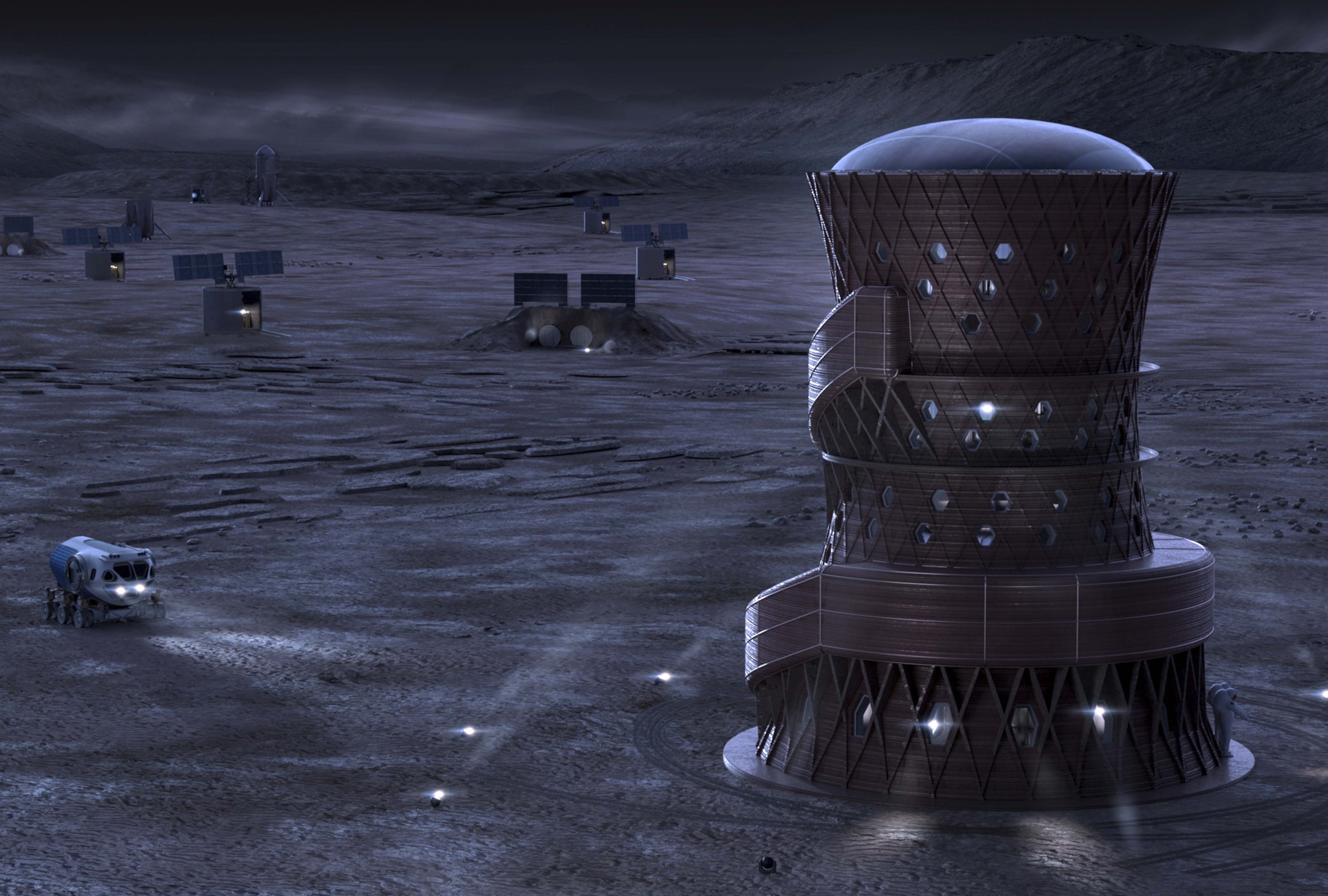
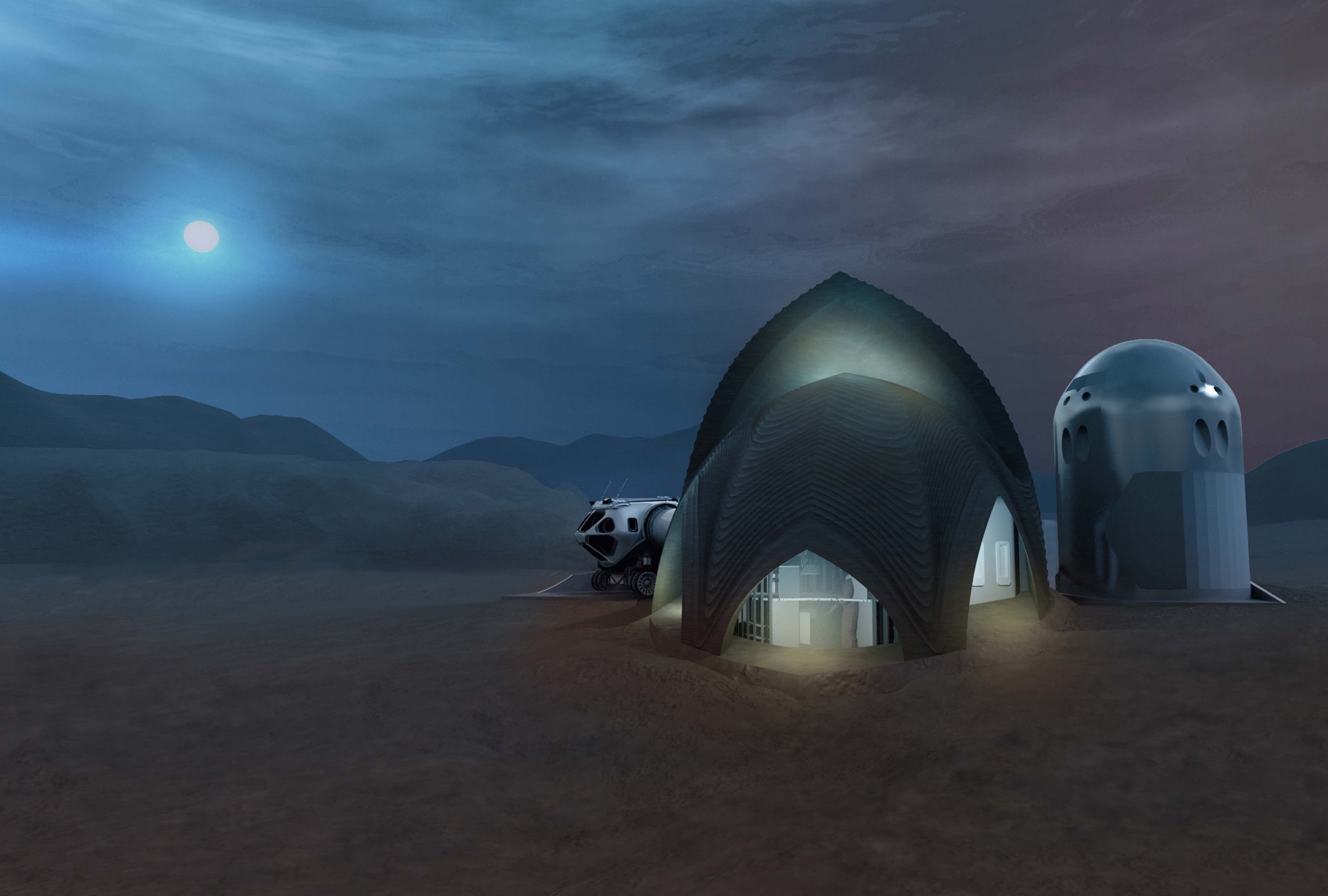
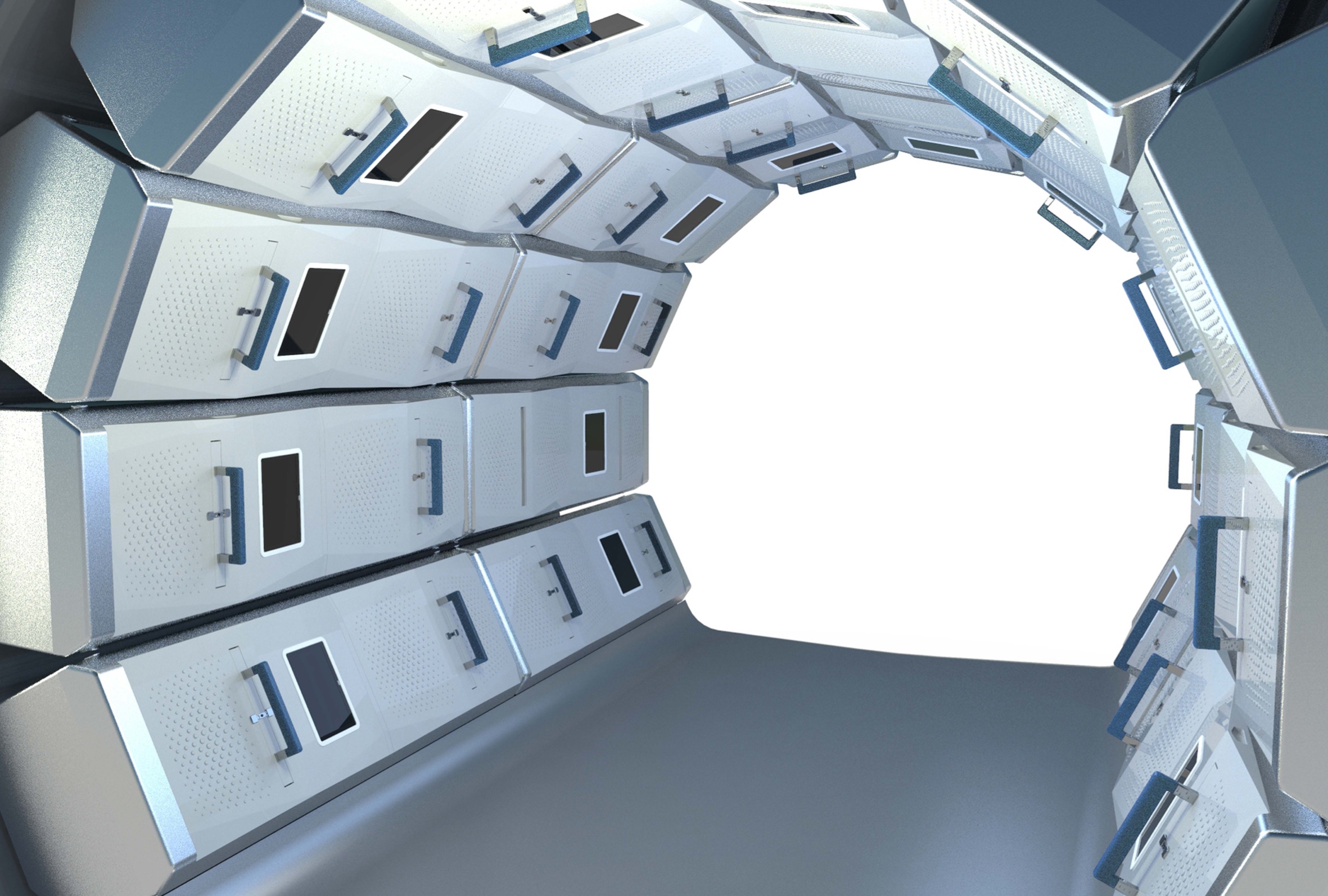
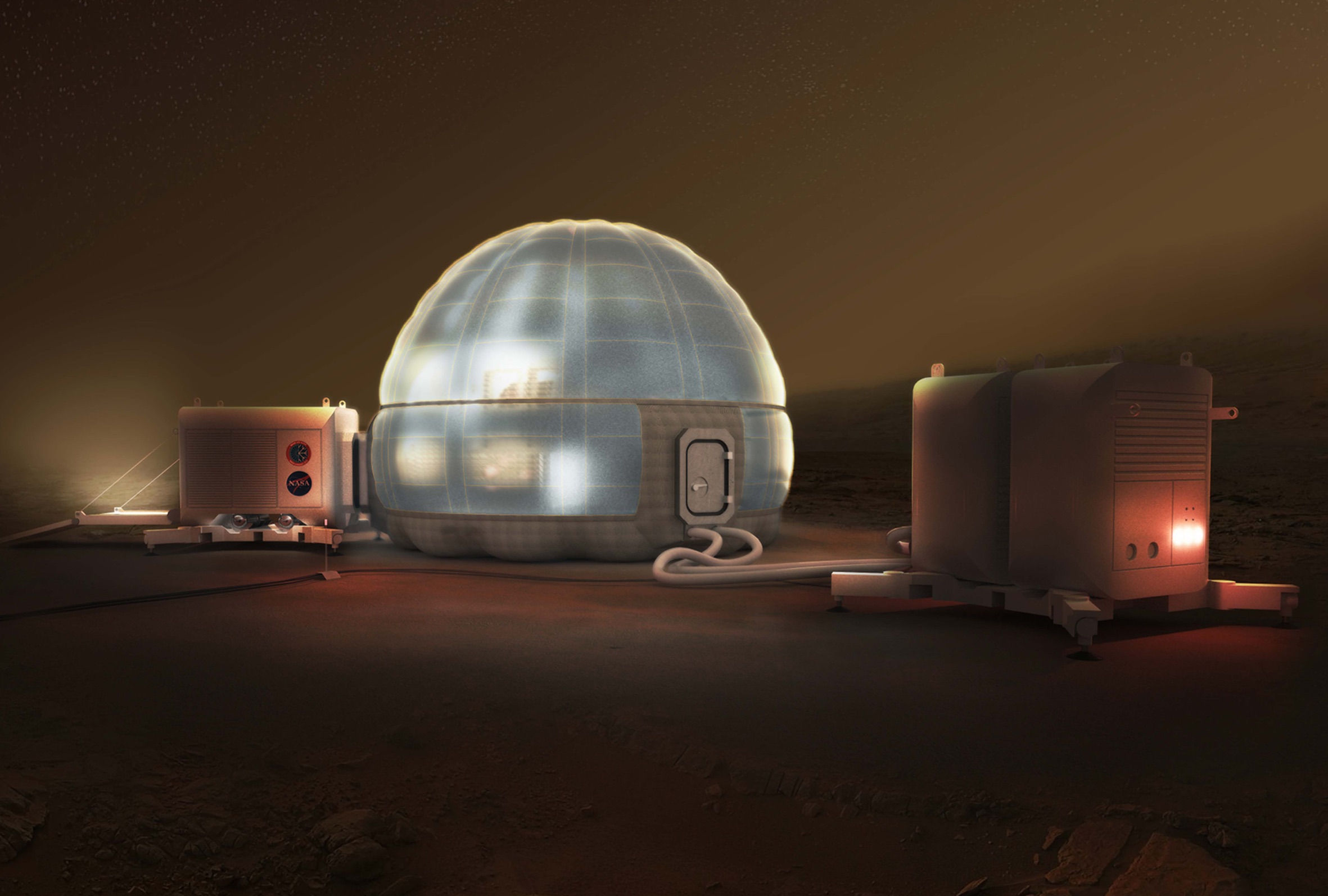
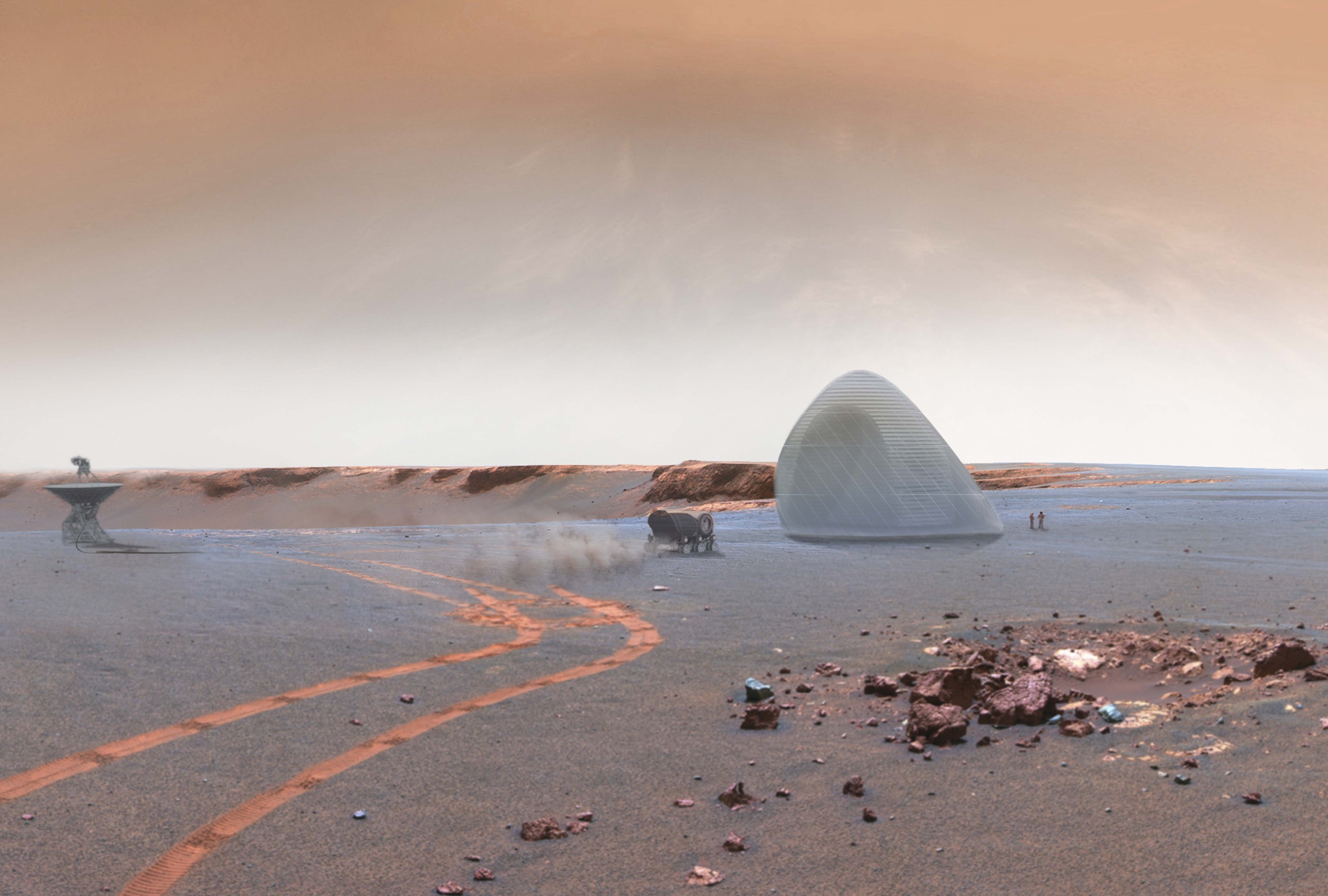

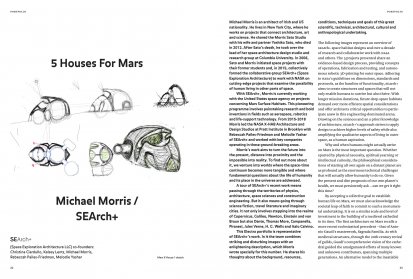


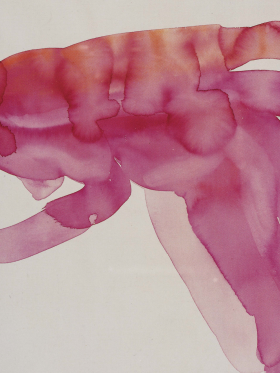
Share article